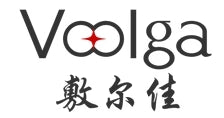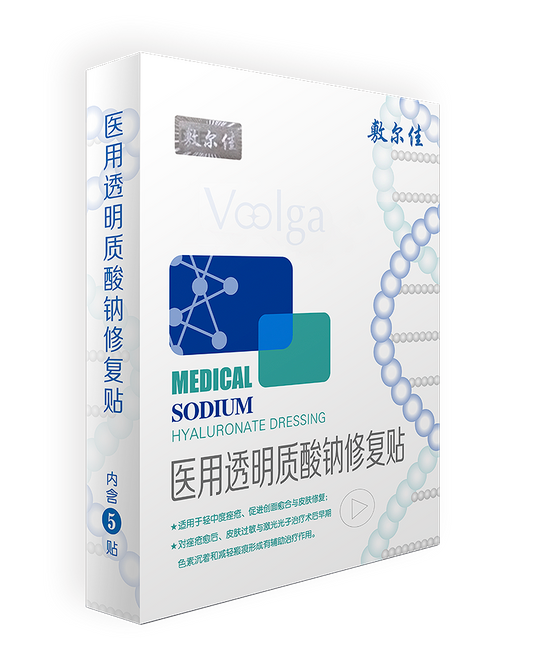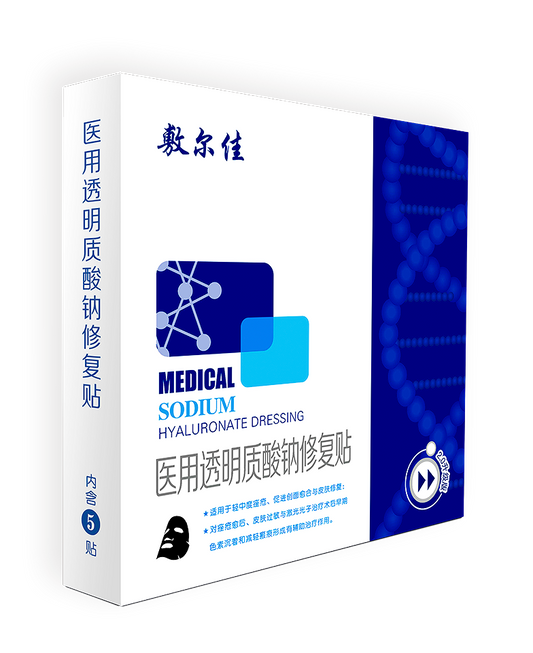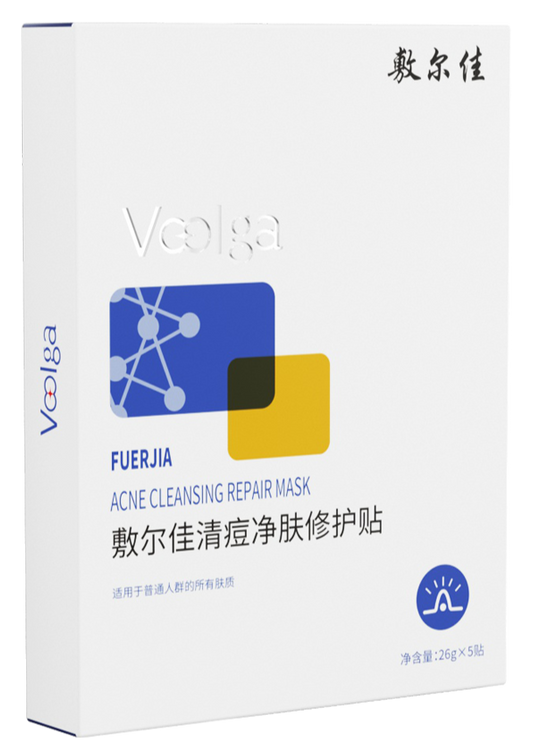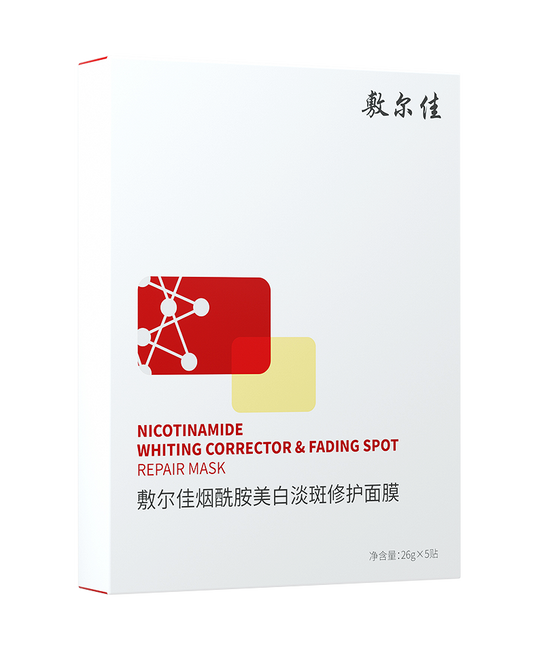Fake Beauty Products? Here’s How to Spot and Stop Them!
In today’s beauty industry, counterfeits are more common than ever. From high-end foundations to skincare essentials, fake beauty products are infiltrating the market, often disguised as the real deal. While they may seem like a bargain, these knockoffs can pose serious risks to your skin and overall health. So, how can you protect yourself? Here’s what you need to know!
The Dangers of Fake Beauty Products
Fake cosmetics and skincare items aren’t just about poor quality—they can contain harmful chemicals, including lead, mercury, and even bacteria. Dermatologists warn that counterfeit makeup can cause severe skin irritation, allergic reactions, and long-term damage. According to the U.S. Food and Drug Administration (FDA), many counterfeit beauty products have been found to contain dangerous ingredients that are unregulated and unsafe for human use (source).
Celebrity makeup artist Lisa Eldridge and skincare expert Dr. Dennis Gross both emphasize the importance of using authentic products to maintain skin health. They recommend purchasing from authorized retailers and checking product authenticity before use.
How to Spot Fake Beauty Products
To avoid falling victim to counterfeit cosmetics, keep these key tips in mind:
1. Examine the Packaging Real products have high-quality packaging with clear fonts, proper labeling, and accurate brand logos. Fake ones often have misspelled words, blurry prints, and unusual color variations.
2. Check the Price If a deal seems too good to be true, it probably is. Counterfeit products are often significantly cheaper than their authentic counterparts. Compare prices on official brand websites before making a purchase.
3. Look for Batch Codes and Serial Numbers Genuine beauty products come with batch codes or serial numbers for traceability. You can verify these codes on the brand’s official website or through authenticity-checking apps.
4. Buy Only from Authorized Sellers Stick to reputable sources like Sephora, Ulta, official brand websites, and well-known department stores. Avoid purchasing from unauthorized third-party sellers on online marketplaces unless they are verified.
5. Test the Product If possible, swatch the product before buying. Fake cosmetics often have an unusual texture, strong chemical smell, or inconsistent pigmentation.
What to Do If You’ve Bought a Fake Product
If you suspect that you’ve purchased a counterfeit beauty product, take these steps:
- Stop Using It Immediately – Discontinue use to prevent adverse reactions.
- Report the Seller – Alert the brand and the platform where you bought it.
- Check for Refund Policies – Some online marketplaces offer buyer protection for counterfeit items.
- Spread Awareness – Share your experience to help others avoid similar mistakes.
Take Action: Say No to Counterfeits!
Your health and beauty are priceless. Always prioritize quality and safety over cheap deals. Follow trusted sources, do your research, and educate others about the dangers of counterfeit cosmetics.
Have you ever encountered fake beauty products? Share your experience in the comments below! Don’t forget to spread awareness by sharing this post with your beauty-loving friends.
By staying informed and vigilant, you can help stop the spread of fake beauty products and protect yourself from potential harm. For more skincare and beauty tips, follow industry experts like Huda Kattan, Charlotte Tilbury, and dermatologist Dr. Shereene Idriss for trusted advice!
